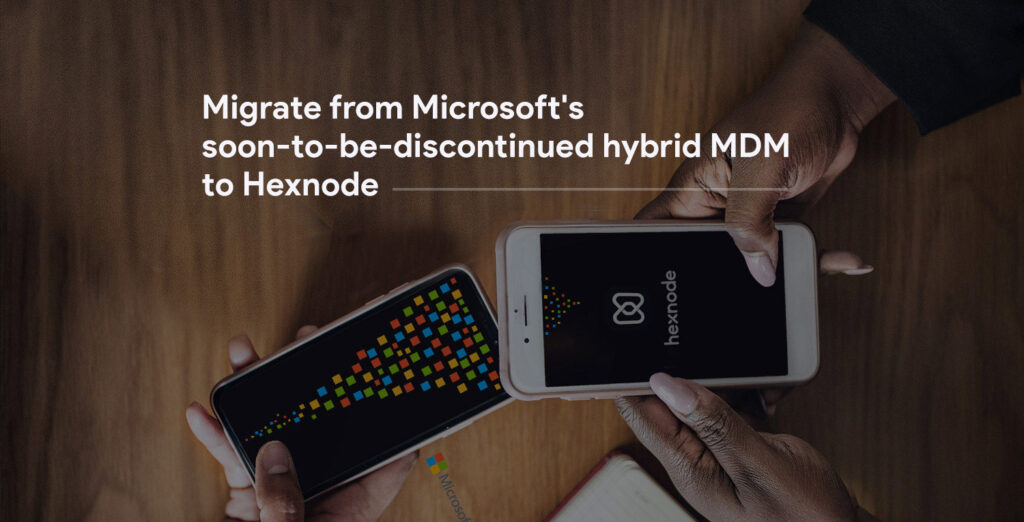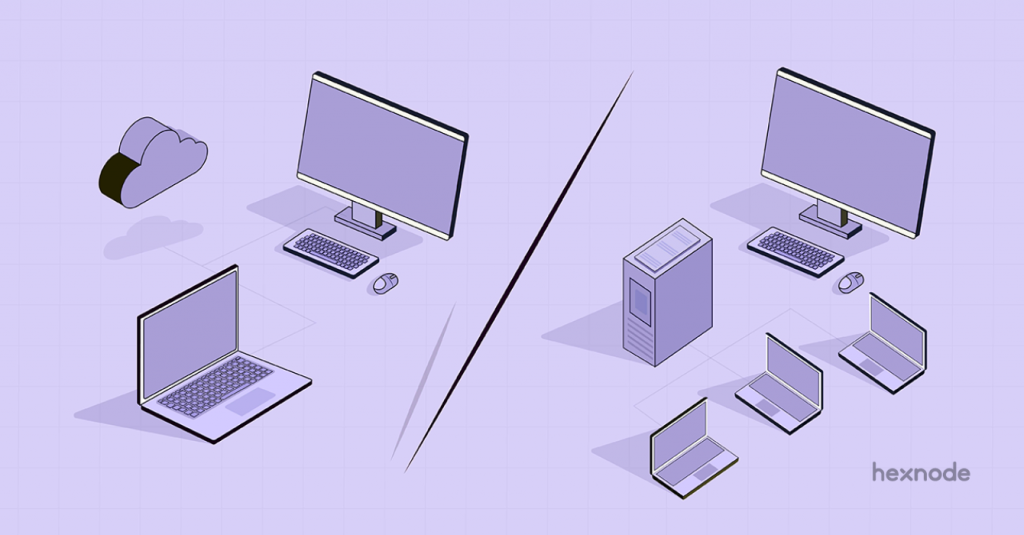Windows devices are widely used by individuals and businesses alike. Keeping these devices secure and productive is crucial, regardless of whether you use it for work, entertainment, or personal purposes. In this blog post, we will discuss several Windows security tips that enhance productivity as well. Furthermore, we will explore the importance of implementing these tips in your daily routine.
Ensuring Windows security is important for productivity because it helps prevent downtime, protects sensitive data, reduces distractions, and enhances efficiency. Thus, by having robust security measures in place, employees can work with confidence, focus on their tasks, and access information quickly and efficiently.
- I. Windows security tips
- 1. Keep your Windows device updated
- 2. Use strong passwords
- 3. Enable two-factor authentication
- 4. Use a reliable antivirus software
- 5. Be cautious of phishing attempts
- 6. Encryption
- II. Productivity tips for your Windows devices
- 1. Backup Your important data
- 2. Organize your files and folders
- 3. Kiosk mode
- 4. Use productivity tools
- 5. Effective device management
- UEM solution for Windows security and productivity
- Conclusion
I. Windows security tips
1. Keep your Windows device updated
One of the easiest ways to enhance the security of your Windows device is by keeping it updated. Windows updates often include critical security patches that help protect your device from vulnerabilities. Updating Windows is simple; you can check for updates in the Windows settings or enable automatic updates to ensure that your device is always up to date. Additionally, it is essential to update other applications on your device, as outdated applications can also pose security risks.
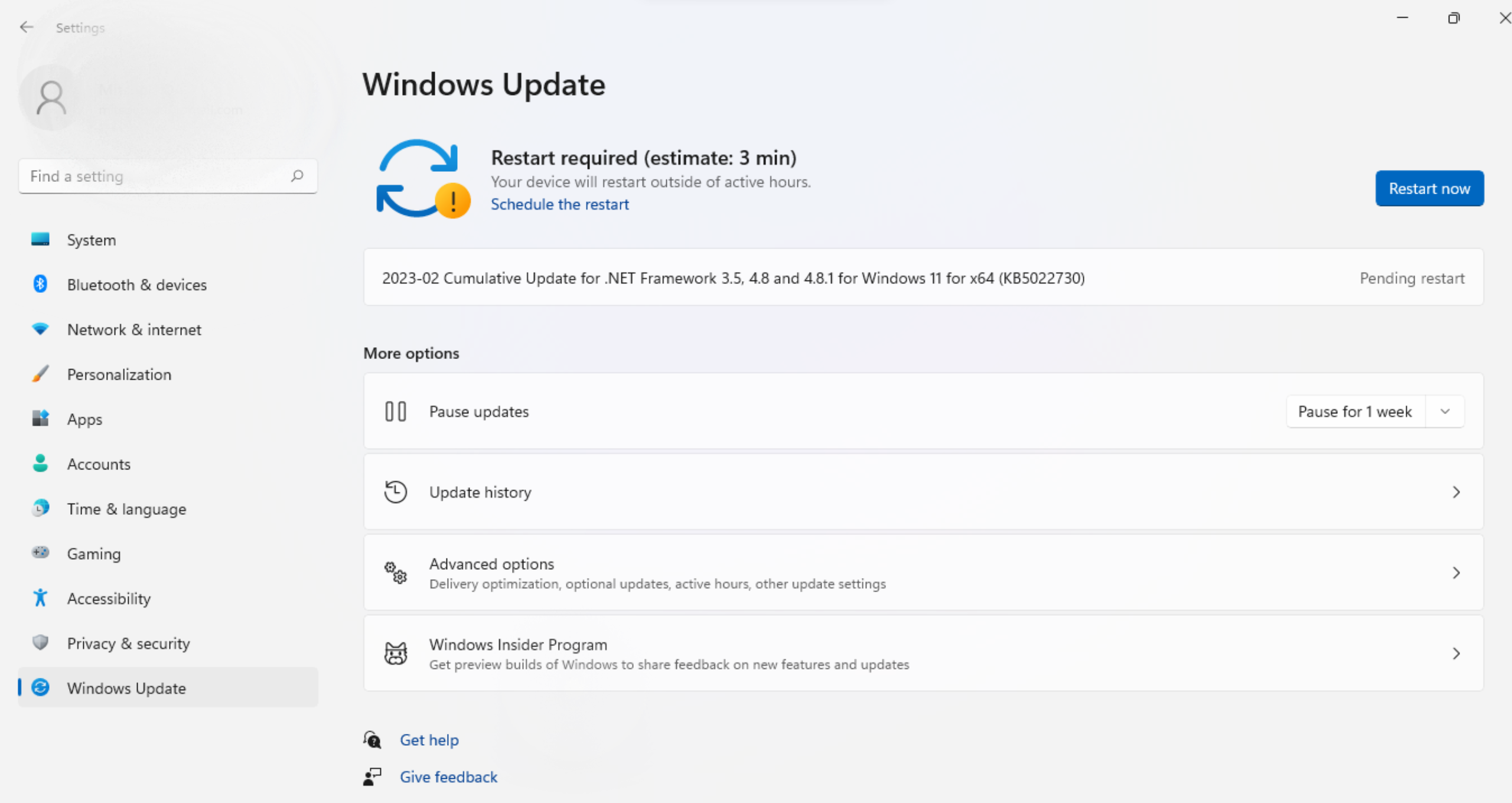
To update your Windows device, go to Settings > Update & Security > Windows Update, check for updates, install any available updates, and restart your device.
2. Use strong passwords
Ensuring strong passwords is an important security measure for the endpoints. A strong password should be unique, contain a mix of uppercase and lowercase letters, numbers, and special characters. Also, it should not contain any personal information, such as your name or birthdate. Additionally, using a password manager can help you create and store strong passwords securely.
3. Enable two-factor authentication
Two-factor authentication adds an extra layer of security to your device. It requires you to enter a unique code, in addition to your password, to log in to your account. This code is typically sent to your phone or email. Enabling two-factor authentication is simple, and it can significantly reduce the risk of unauthorized access to your device.
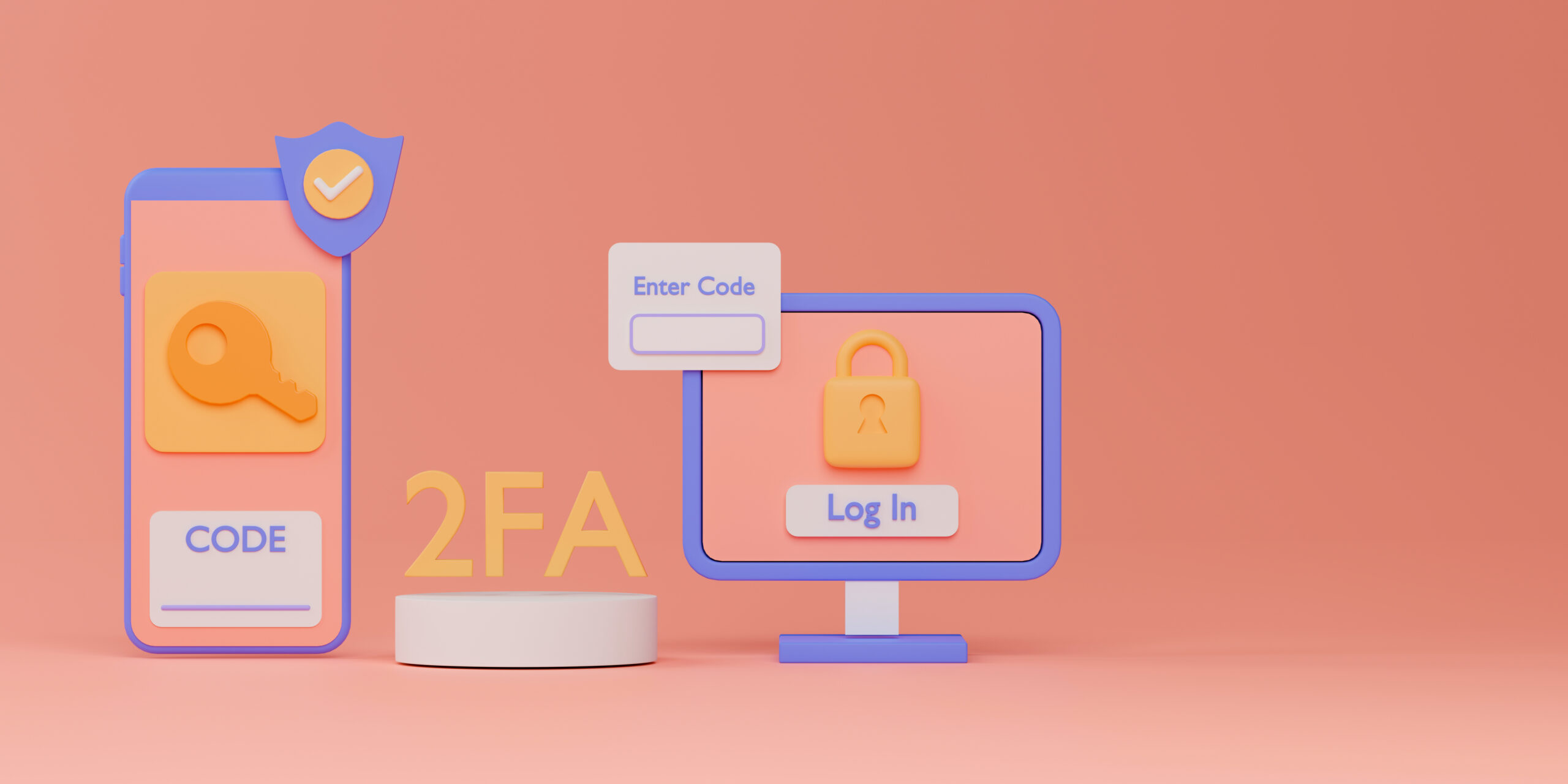
Microsoft Authenticator app is a free mobile application that enables you to set up Multi-Factor Authentication (MFA) for added security. MFA requires users to verify their identity through multiple methods before accessing an account or service. To set up MFA using the Microsoft Authenticator app, users need to link it to their account by scanning a QR code or entering a code provided by the service. When accessing the account, users receive a push notification on their phone and need to confirm the request through the app. The app can also generate a one-time code as an alternative. By using MFA with the Microsoft Authenticator app, users can add an extra layer of security to their accounts and prevent unauthorized access.
4. Use a reliable antivirus software
To safeguard your Windows device from malware, viruses, and other potential hazards, it is imperative to use antivirus software. A reliable antivirus software should provide real-time protection, regular updates, and frequent scans to ensure the device is secure. Windows Defender, Microsoft’s built-in antivirus program, is a good option.
The Microsoft Windows Defender enhances security by providing real-time protection, automatic updates, cloud-based protection, SmartScreen to protect against phishing and malicious websites, and a firewall to block unauthorized access. These features work together to protect your computer from various threats. Furthermore, a variety of third-party antivirus programs are also readily available.
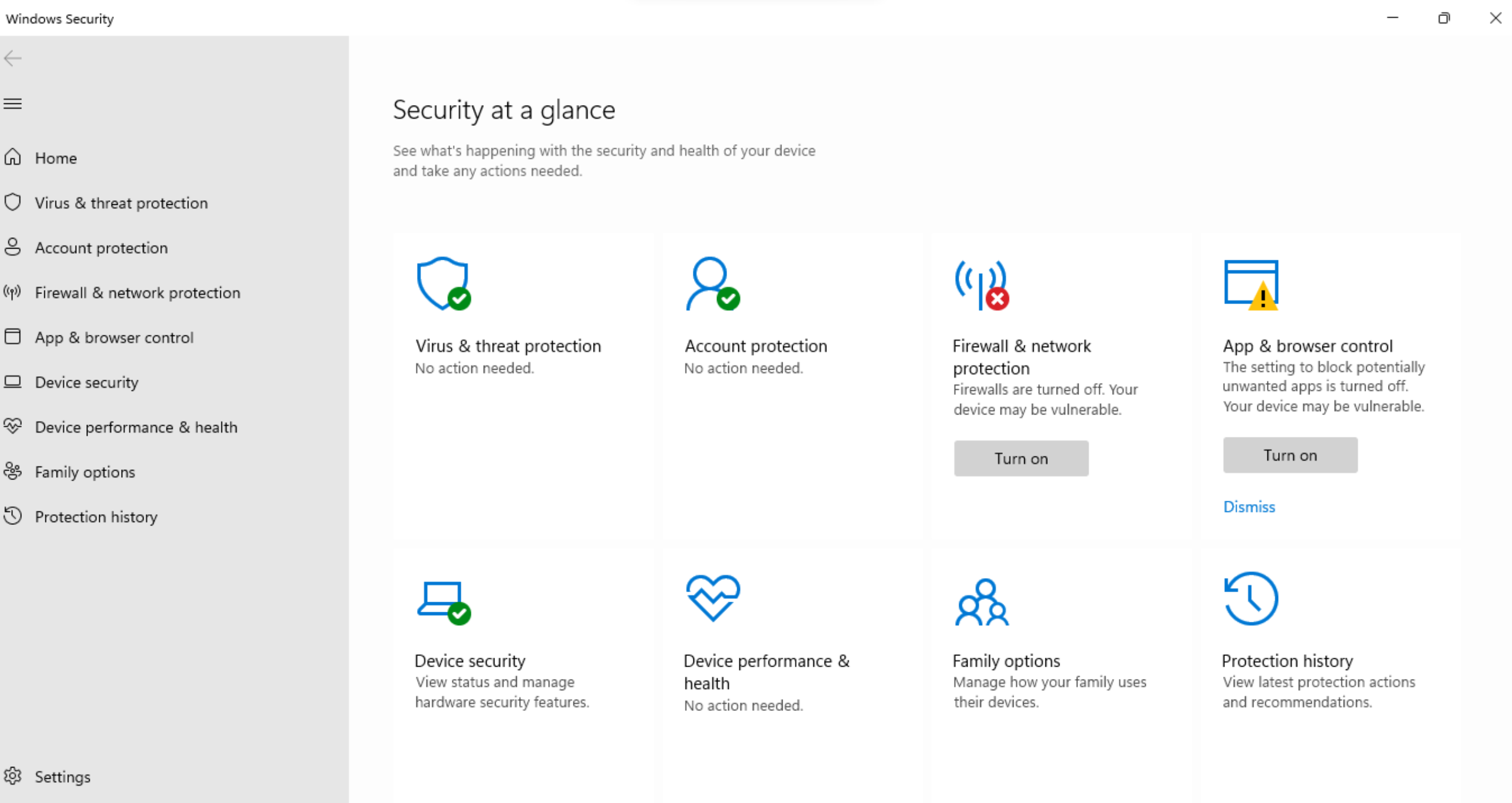
For setting up Defender on your devices, open Windows Security app and turn on Microsoft Defender if it’s not already on. Then, configure settings, check for updates and start scanning.
5. Be cautious of phishing attempts
Phishing is a type of cyberattack where an attacker poses as a trustworthy entity, such as a bank or email provider, to trick you into revealing sensitive information. It is essential to be cautious of phishing attempts and know how to identify them. Signs of a phishing attempt include suspicious emails, messages asking for personal information, and offers that are too good to be true. Always double-check the sender’s email address, hover over links to check the URL, and report any suspicious activity.
6. Encryption
Encryption is another security measure that transforms data into a code to protect it from unauthorized access. Windows provides a built-in encryption tool called BitLocker, which can encrypt entire drives or specific files, adding an extra layer of security to secure your computer. This encryption ensures that your data cannot be accessed or read without the correct authentication whether it is a password, smart card, or any other authentication mechanism.
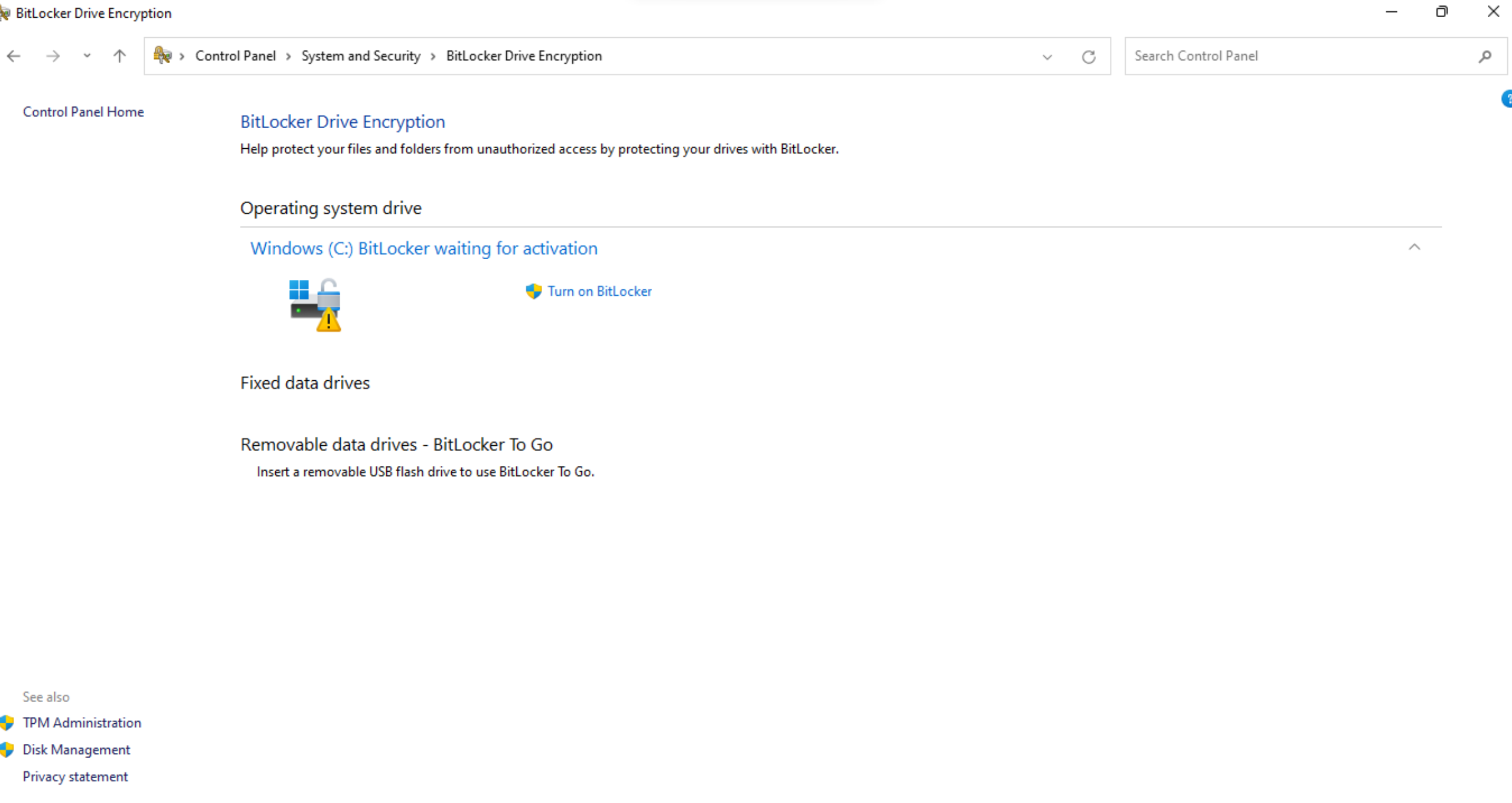
To enable BitLocker on your Windows device, open Control Panel > System and Security > BitLocker Drive Encryption, select the drive, and turn on BitLocker. Choose your unlock method and recovery key location, select encryption mode and start the process. Your drive will then be protected by BitLocker, requiring a password or smart card for access.
II. Productivity tips for your Windows devices
1. Backup Your important data
Backing up your data is essential to ensure that you don’t lose important files in case of a system failure or malware attack. Windows Backup is a built-in tool that allows you to back up your data easily. You can further enhance your data security by utilizing cloud-based backup solutions such as OneDrive or Google Drive.
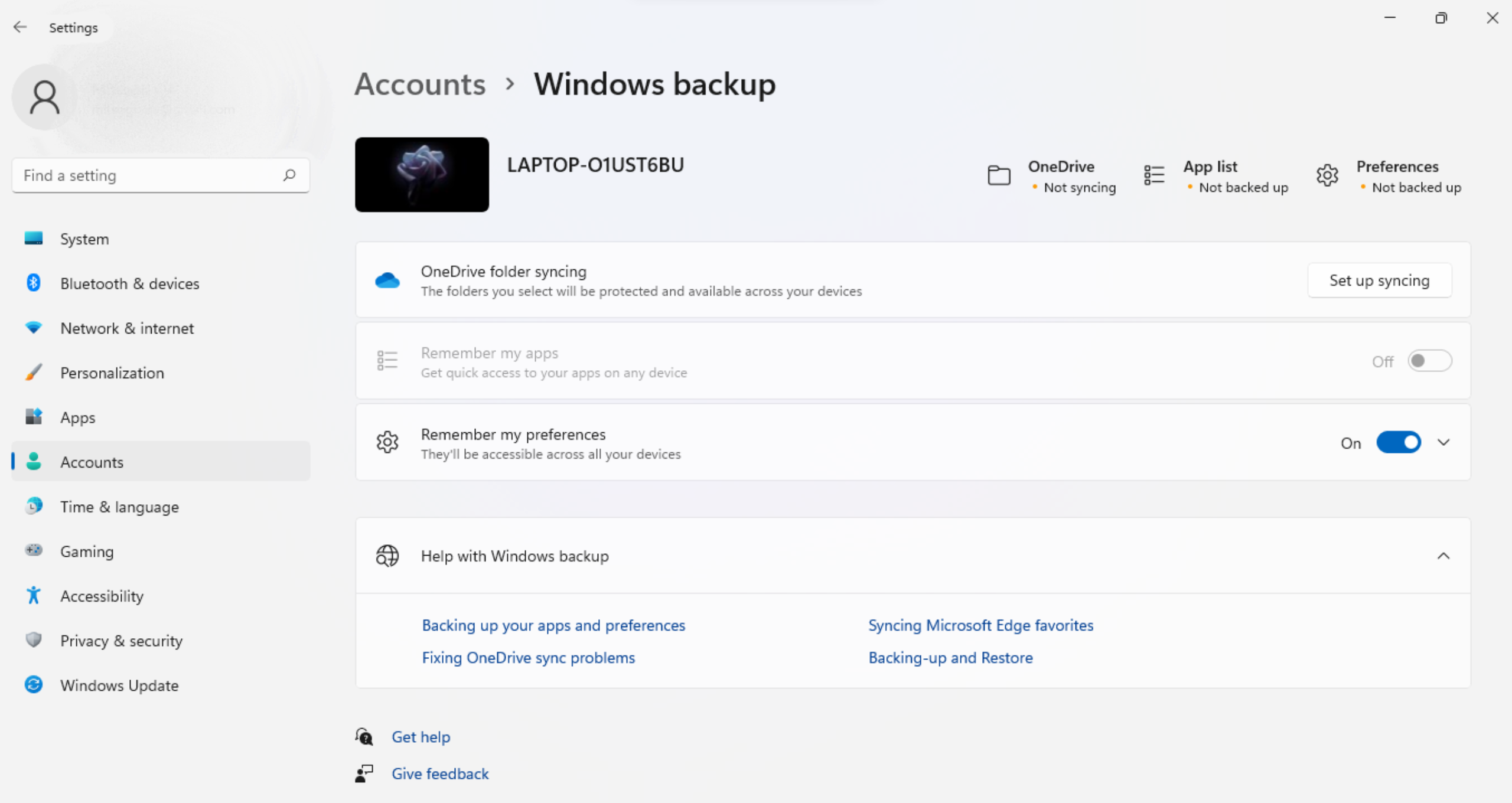
You can back up your data in a Windows device by going to Settings > Accounts > Windows backup.
2. Organize your files and folders
Organizing your files and folders can significantly improve your productivity. It is a healthy practice. Creating a logical folder structure and naming conventions can help you quickly find the files you need, saving time and reducing stress. Furthermore, using File Explorer, you can easily organize your files and folders by dragging and dropping them into the desired location.
3. Kiosk mode
Kiosk mode can prove advantageous to help prevent unauthorized access, improve security and productivity. It allows you to set up your Windows device to run a single app or a specific set of apps, restricting access to all other apps and settings. This can be useful in scenarios where the device is used for a specific purpose, such as a kiosk in a public area, a digital signboard, or a point-of-sale device.
By restricting access, kiosk mode prevents unauthorized access to other applications or settings, prevents accidental changes and reduces distractions. It simplifies device management by allowing IT administrators to restrict access to specific applications or functions and provides a customizable user interface that can increase productivity. To set up kiosk mode using Assigned Access on a Windows device, create a new user account or use an existing one, enable Assigned Access in Settings, choose the app or website to allow, and select additional settings. Save the changes and apply the Assigned Access settings. To exit kiosk mode, press the Windows key + Ctrl + Esc keys together.
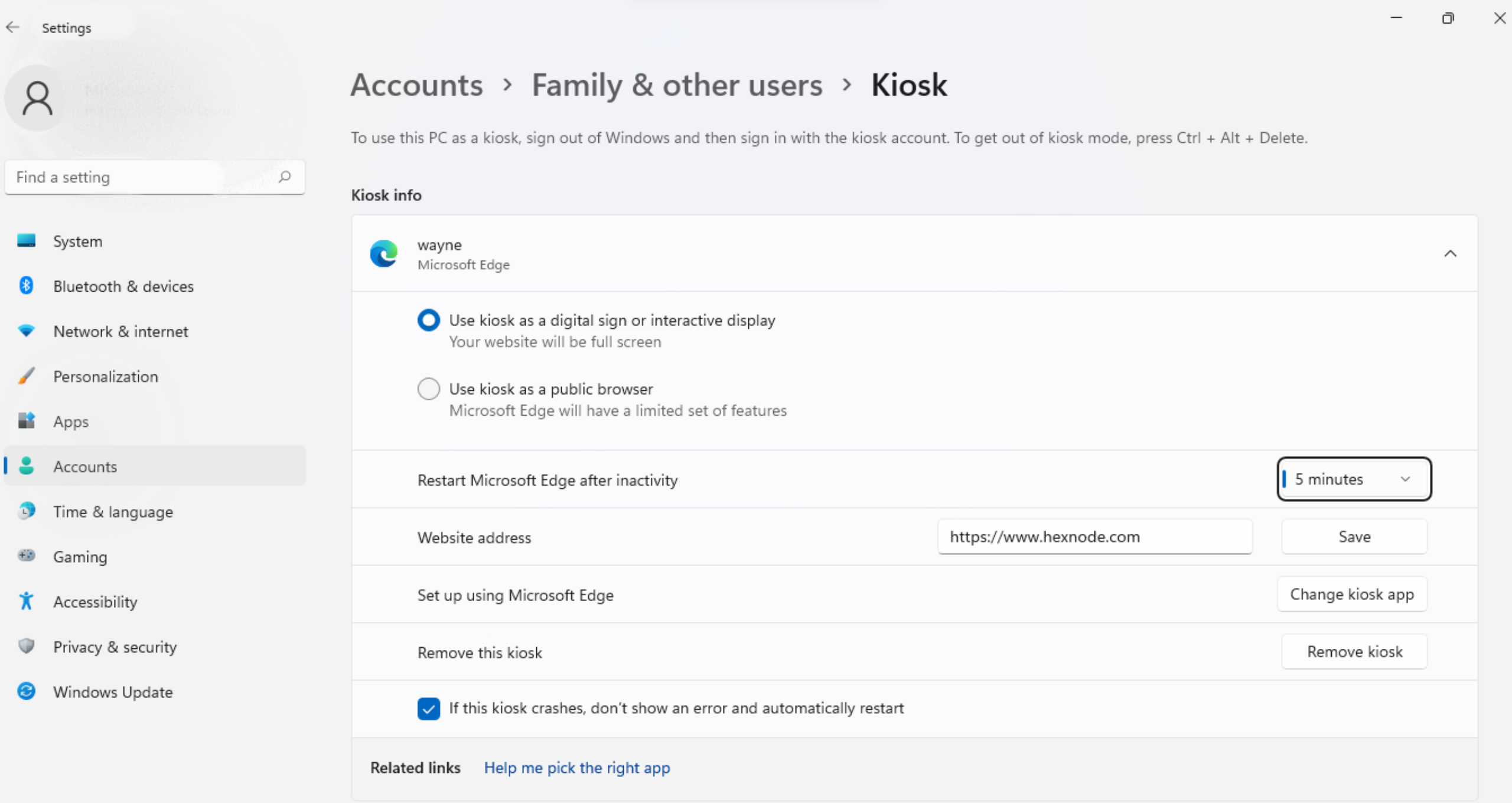
4. Use productivity tools
In addition to security measures, using productivity tools can help enhance the overall productivity of your Windows device. Some popular productivity tools for Windows include Microsoft Office Suite, Trello, Evernote, Slack, and Grammarly. These tools can help you manage your time, stay organized, and communicate effectively.
When choosing productivity tools for Windows, consider your specific needs and requirements. Look for tools that are easy to use and integrate well with your existing workflow. It’s also essential to choose tools that are compatible with your device’s hardware and software.
5. Effective device management
Effective device management is critical for both security and productivity. With a comprehensive Unified Endpoint Management (UEM) solution, you can manage and secure all your Windows devices from a single platform. Here are some key features of effective device management:
- Easy Enrollment: The ability to enroll devices quickly and easily.
- Remote Supervision and Monitoring: The ability to monitor device activity and enforce security policies remotely.
- Remote Troubleshooting: The ability to troubleshoot device issues remotely, reducing the need for on-site support.
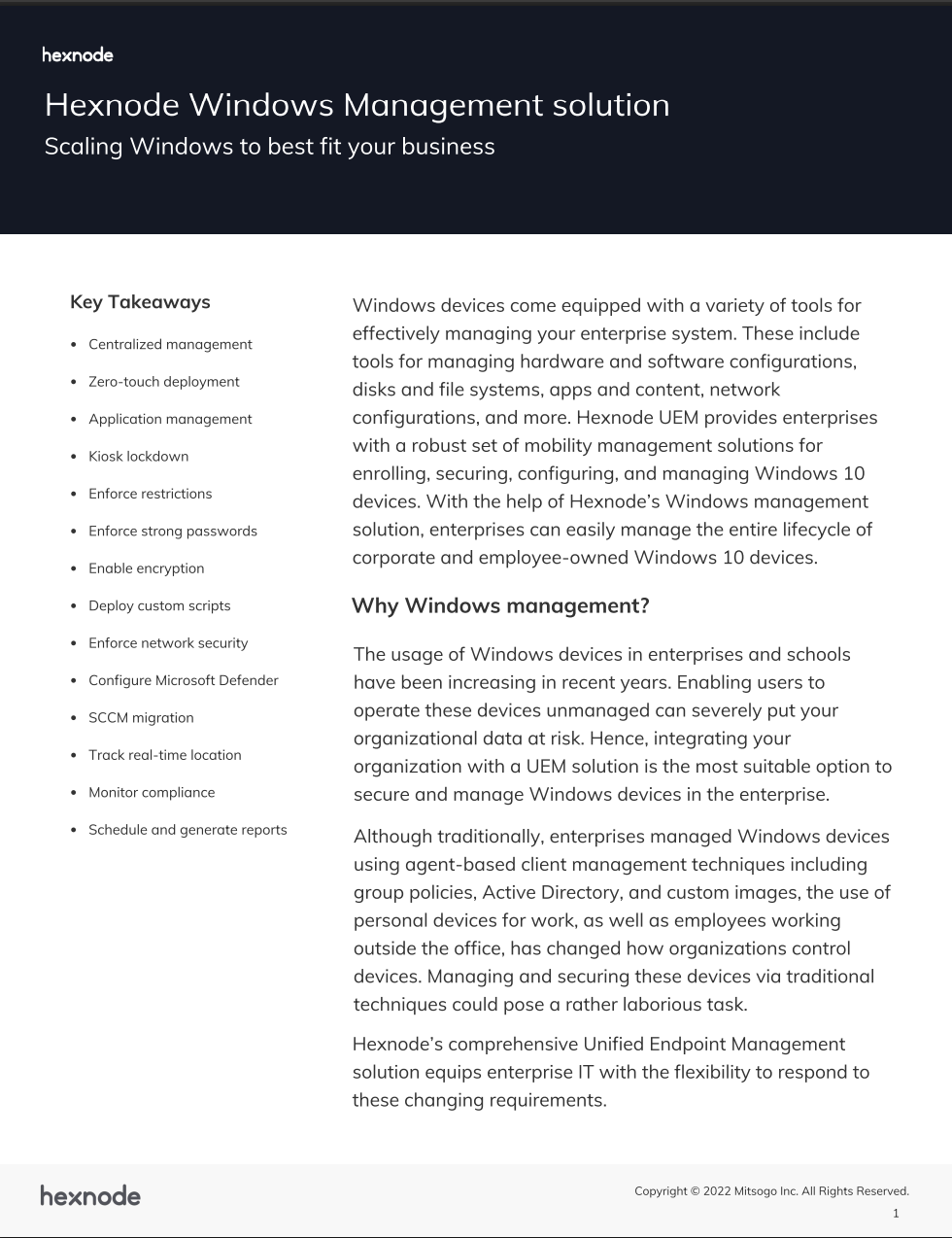
Featured resource
Hexnode Windows Management Solution
Get started with Hexnode’s Windows Management solution to improve security, increase productivity, save time and overhead costs of managing your corporate devices.
Download the datasheetUEM solution for Windows security and productivity
Hexnode is a UEM solution that provides all these features and more. With Hexnode, you can manage your Windows devices with ease and ensure they are secure and deliver the productivity you desire. Hexnode offers a range of security features, including:
Device management
Using Hexnode UEM, IT admins get to manage all aspects of your Windows devices, including settings, policies, and configurations.
BitLocker
Hexnode UEM allows you to adjust encryption and recovery settings on Windows 10/11 PCs by enabling you to set up and administer BitLocker policies.
Windows Defender
Hexnode UEM assists administrators in configuring different Microsoft Defender settings on portal-enrolled devices. Users can use their Windows devices without the worry of viruses, spyware, malware, or other dangers thanks to Hexnode’s Threat Management configurations in Microsoft Windows Defender.
App management
The app management feature of Hexnode allows admins to manage, regulate, and secure apps effectively on Windows devices. It also allows you to install applications silently, without user intervention, ensuring a seamless deployment process.
Hexnode supports blocklisting and whitelisting of apps, giving admins granular control over app usage. With whitelisting, admins can ensure only approved apps are permitted to operate, creating a tightly controlled environment ideal for enterprise settings. Conversely, with blocklisting, you can prevent specific applications deemed insecure or unnecessary from running on devices, enhancing security and reducing distractions.
Hexnode enables you to implement app-specific rules with advanced segmentation, allowing for customized policy enforcement based on publisher, file path and more. These features collectively empower administrators to enforce app policies while safeguarding device integrity and maintaining compliance.
Password policy
Password protection safeguards your computer against unwanted access and assures Windows security for the vital data stored on it. IT admins may use Hexnode UEM to enforce strong password policies on the endpoints, assuring the protection of the organization’s data. Additionally, this feature allows you to set the level of complexity for device passwords.
Network and accounts management
With Hexnode, IT admins can manage network settings and ensure the devices are connected to secure networks. Configure the Wi-Fi, Email, and Exchange ActiveSync settings from the Hexnode UEM console to ensure maximum network security.
Kiosk Mode
For Windows devices, Hexnode offers both single app kiosk and multi-app kiosk functionalities. Hexnode’s kiosk mode allows you to set up a fully customized user interface, restrict access to specific features and settings, and control device functionality. Additionally, you can choose which apps are available to users, specify the allowed device features, and set up automatic app launch on device startup.
Conclusion
To sum up, efficient device management and use of proper productivity tools are indispensable for ensuring security and productivity. With a comprehensive UEM solution like Hexnode, you can manage your systems with ease and ensure they are secure and productive. By following the Windows security tips outlined in this post, you can significantly reduce the risk of cyber threats and enhance the productivity of your devices.
Need to manage your Windows devices?
Give Hexnode UEM a go to effectively manage and secure all your Windows devices.
Start your free trial



